
Whenever we do a search on Google, different types of results usually show up. Aside from the organic search listings, we will notice a knowledge panel, blue links below listings, a video snippet, carousel snippets, and snippets with images. These different types of results led us to talk about Rich Snippets the last time, in our article on Rich Snippets.
For today’s article, we will talk about featured snippets and how to get them to show up in search.
But wait…
Did it ever come to your mind that “I thought rich snippets and featured snippets are the same?”
How do featured snippets differ from just regular snippets?
They may sound the same, being that they both use the word “snippets”, but the difference between the two is that a rich snippet is an upgraded organic search result, whereas a featured snippet is an answer to a query that appears at position zero – just above the organic search results.
Still confused? Let’s talk more about featured snippets.
Short excerpts from a webpage appear at the top of Google’s search results in a section called “Position Zero”, to quickly answer a user’s question. Google takes featured snippet content from pages that have been indexed automatically. The most common forms of highlighted snippets are definitions, lists, steps, and tables.
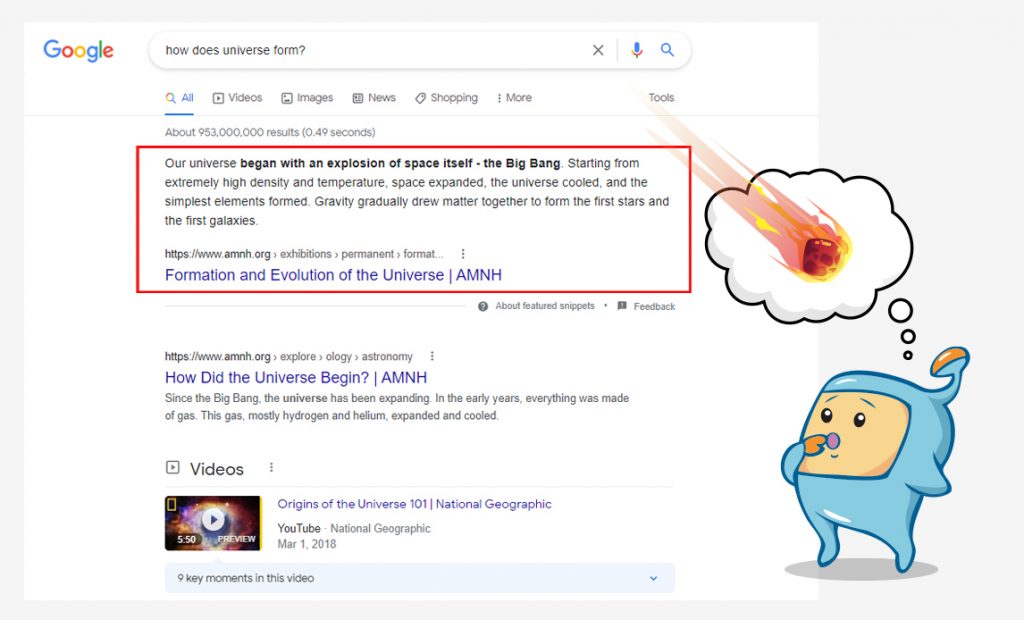
Google is continually experimenting with and improving the search engine results pages (SERPs). From the layered look Google presently offers users, a user from the search engine’s early days would probably not recognize the site. Curated recipe links, top stories, and information panels are now ubiquitous search features, but it all started with the basic highlighted snippets.
Featured snippets’ ultimate goal is to pull directly a content that could be a basic answer, simple answer, or direct answers from a web page, together with a link to the referring page, the original page title, and the URL, to expose the best response to a question above all the other organic results.
Why do you think it’s important? Remember to always mind the user’s intent – what is he or she looking for?
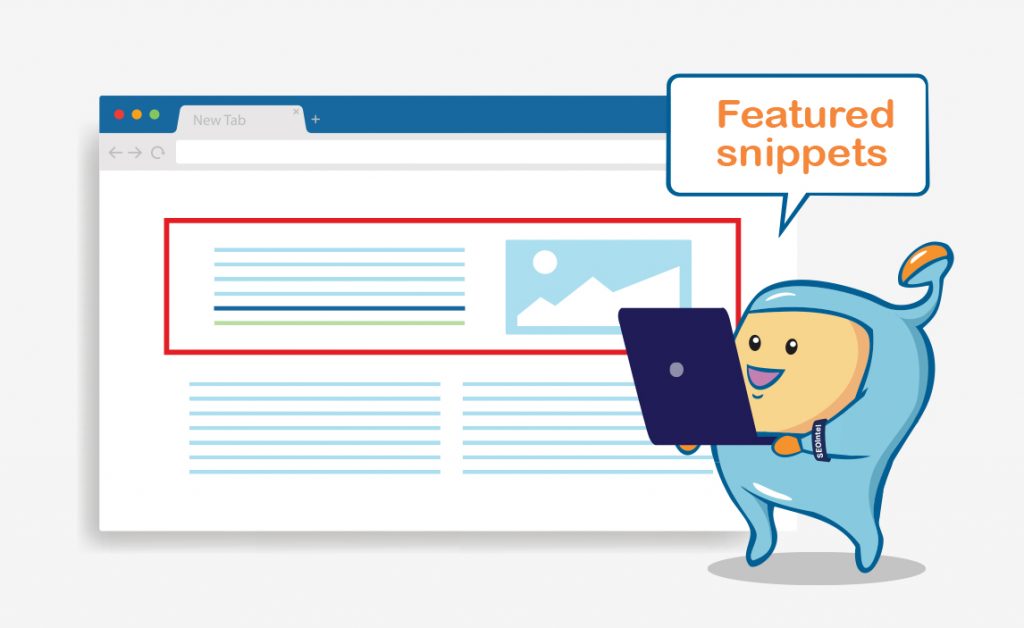
A featured snippet is crucial since it adds another SERP feature that you can control. Featured snippets, which are usually found at the very top of the results page, provide you more visibility to searchers and can help you increase brand recognition, better clickthrough rate, and better conversion rate.
In 2014, Google introduced highlighted snippets, which we believe is one of the most significant SERP developments in the last decade.
For both users and SEOs, highlighted snippets have changed quite a few things. Getting to the top organic position quickly produces organic traffic, fewer clicks – on occasion, and branding opportunities with featured snippets.
However, there is the SERP deduplication where in if you have your content in the featured snippets, you will not be able to show up in the organic listing on the first page. Due to this, you have the option to choose to not to show up in the featured snippets, to maintain your first page organic listing.
Now we have learned the basics, let’s discuss the different types of featured snippets.
Google will present several types of highlighted snippets based on search inquiries or questions, as mentioned briefly before in this post. They come in a wide range of forms and sizes, which include several popular variations or types:
Paragraph snippet or paragraph style is by far the most prevalent type of featured snippet. It accounts for around 75% of all snippets.
To see an example of this type of featured snippet, type question type keywords and terms into the search field. Among them are the following: How to, Who is, How to do, What is, How to get, Why is, and How is.
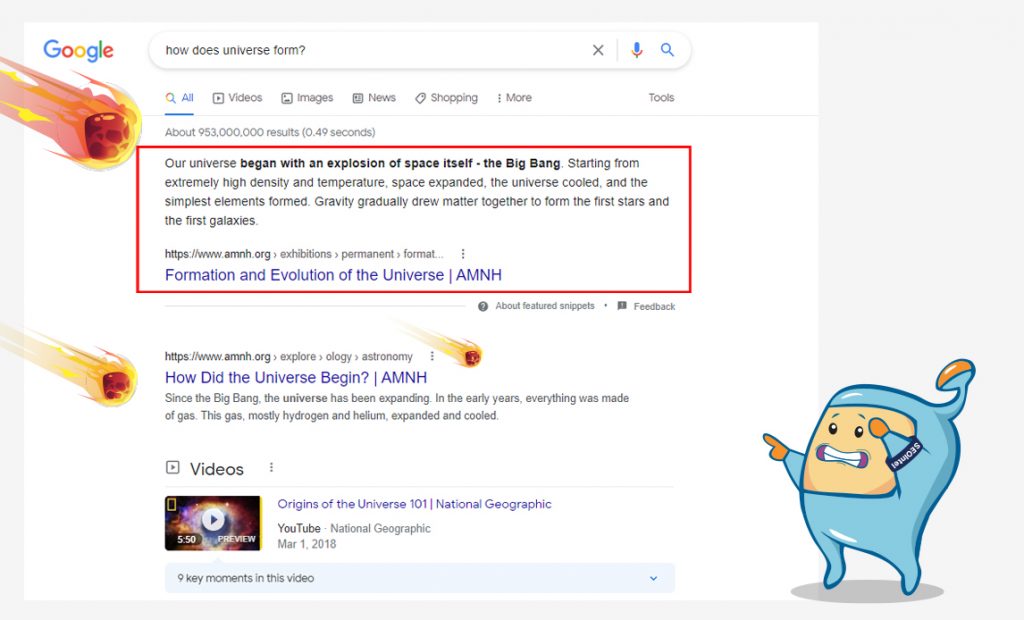
Bulleted lists or list snippets (together with numbered lists) are the second most popular type of featured snippets. This sort of featured snippet is most easily obtained for articles that rate or list certain products or concepts. For best of lists, ranked and unranked items, and feature lists, Google usually returns a bulleted list. For example, if you search for “top mobile phones sales 2021” on Google, you’ll get a bulleted list.
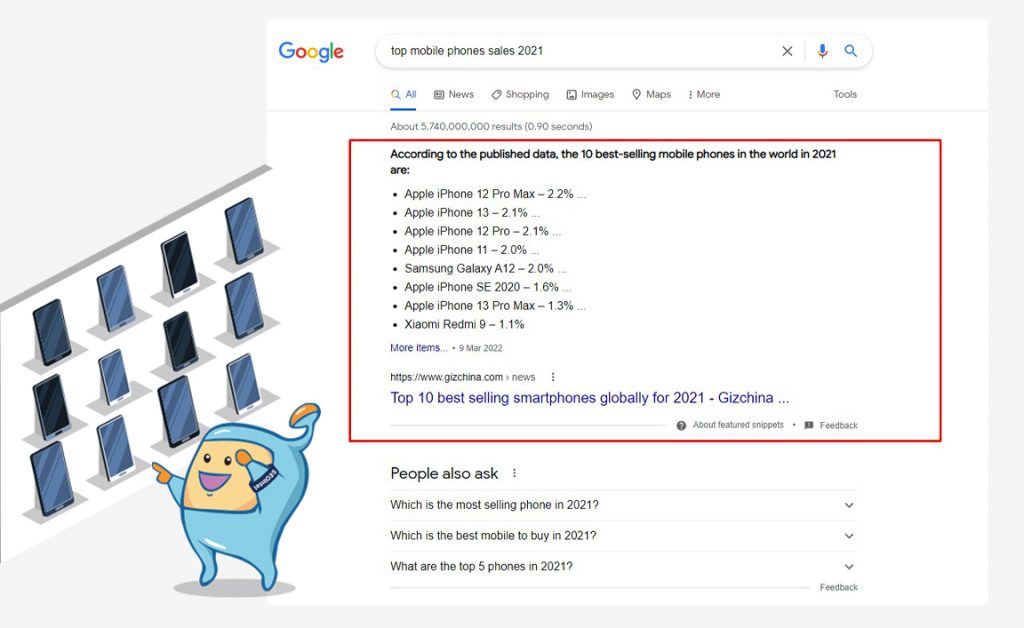
Another typical variety of featured snippets is the numbered lists. They are extremely similar to bulleted lists, with the distinction that they are presented with numbers rather than bullets. This is commonly used in instruction manuals or cookbook recipes to identify steps. For example, if you search for “guide how to meditate” Google will give you a guide.
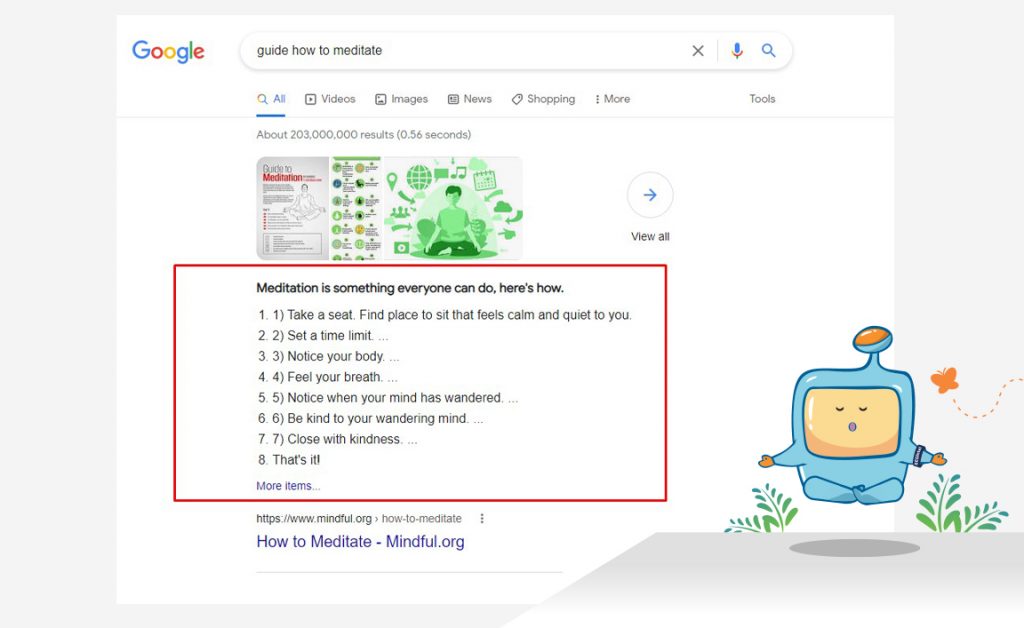
Featured clips are another term for the video type of featured snippets. The same terms that appear in paragraphs also appear in this part. A search for “how to play piano” on Google is an example of this type. When you do this, a video content from Pianote YouTube channel will appear in the zeroth position, highlighting a 1:14 minutes- interval that directly answers the search bar inquiry.
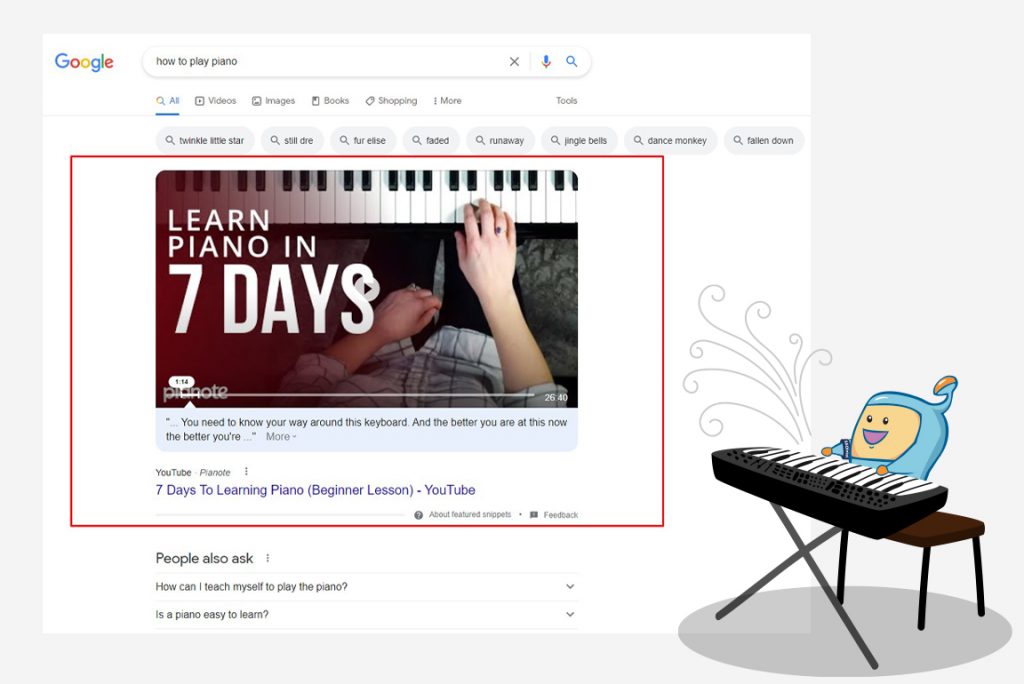
The table snippet helps organize material and make it easier to read and comprehend. They account for around 7.28 percent of all featured snippets. For example, if you Google “crime rate in the US by state,” you’ll find a table listing all US states, Homicide Rate, and Total Firearm Deaths.
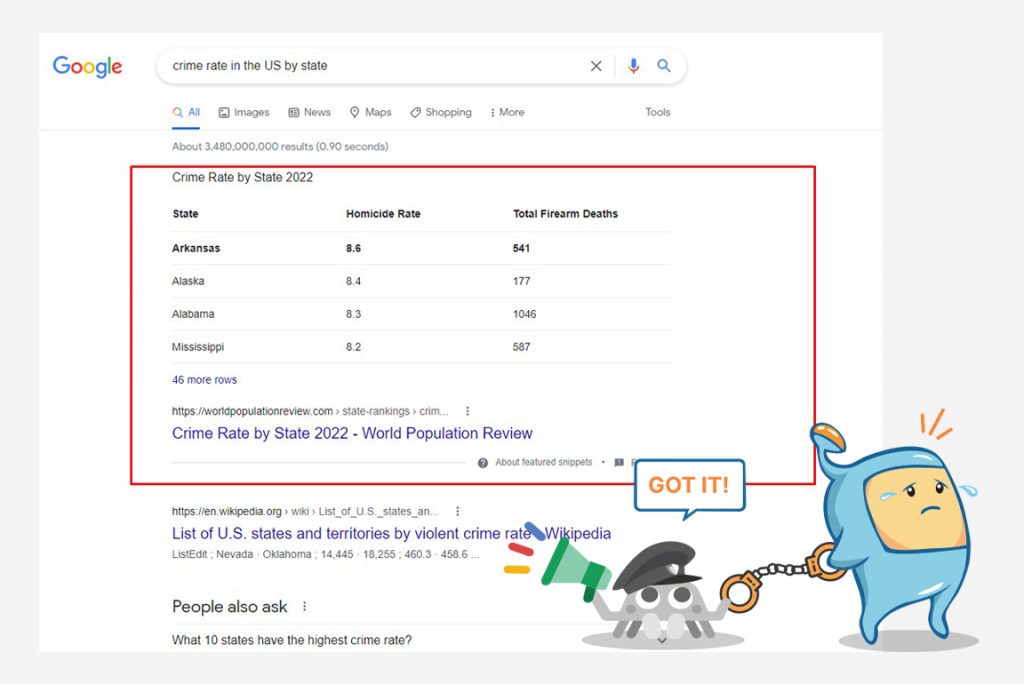

Remember to not to focus too much on Google and instead, think more about the user intent of the searcher.
Google attempts to deliver the best possible answer to its users in order for users to continue to using their search engine. Business owners should aim to deliver the best possible response in order to gain visitors’ business. These two concepts come together when they ask, and you answer, combined with search engine optimization.
You’re providing Google exactly what it wants to provide to users by addressing user inquiries in straightforward English, with enough context to allow them to make an informed decision.
Keep track of which queries have featured snippets when conducting keyword research on your site. Examine how the competition is meeting their demands and consider how you may outperform them. What unique perspectives on your industry can you offer? How can you make the best first impression on potential clients? What is the best way to format your response such that it is most valuable to a customer?
These are the kinds of questions you should be asking yourself while you produce website content.
Combined with a good content strategy, you have a better-than-average chance of snagging the featured snippet and driving good traffic down the funnel to you.
The next step is, how do you optimize your featured snippets in order for your content to be chosen and for it to show up instead of your competitor’s content?
In Semrush, enter the rivals’ URL and search for keyword groups that own featured snippets.
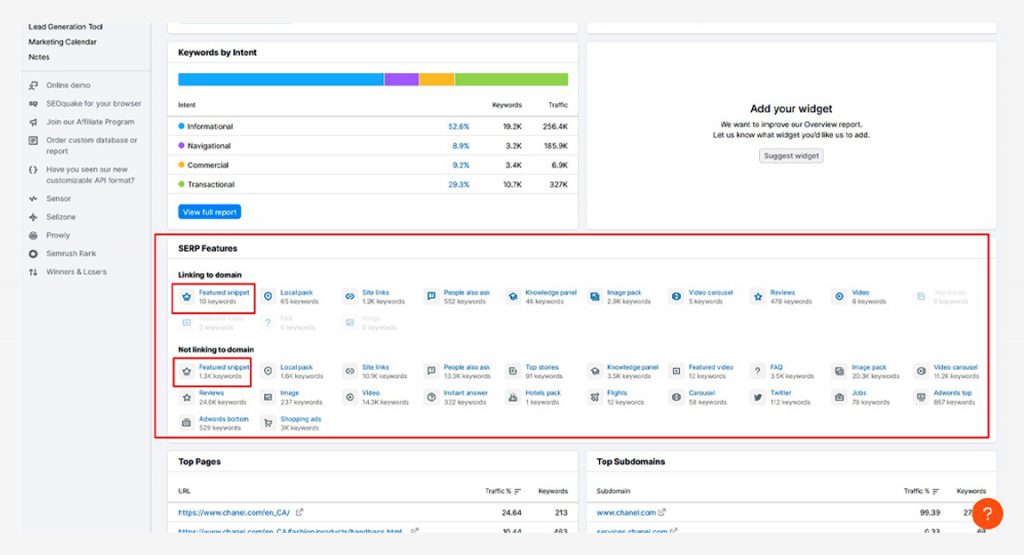
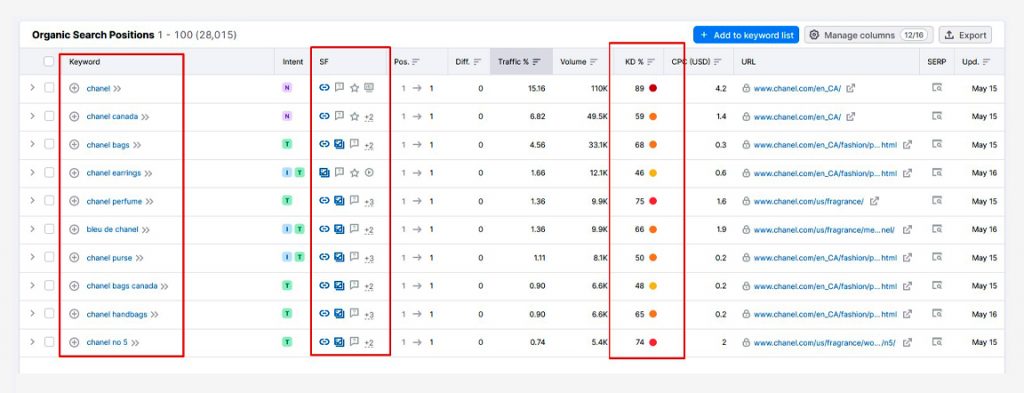
The next steps are:
After you’ve finalized your content subjects, it’s time to look for keywords in the content that currently has featured snippets.
To see more information on the keywords ranking on highlighted snippets, click the down arrow beside the selected term in Semrush.
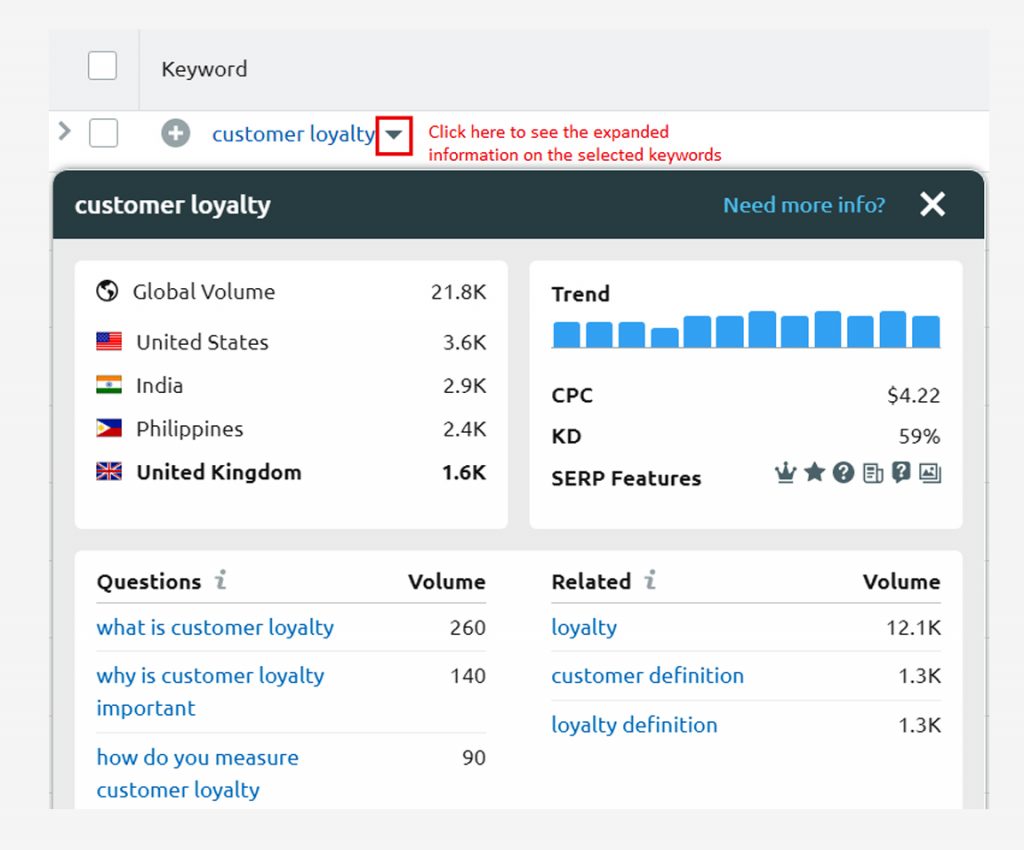
Understanding the search intent behind each triggering question is one of the most critical concerns when optimizing for highlighted snippets.
There are three categories of persons who look for your keywords:
The content for the first two will be written by you. While everyone will look for different things, it will always be for information (and “navigational” when users want to click through them).
Because a featured snippet could only have one search intent, check the four categories based on whether they wanted:
A specific answer. A search query or question for which a precise answer is required. This form of featured snippet has a lower CTR since consumers are often looking for a precise answer and do not want or need to read much farther, and the answer is already provided by the snippet. This form of featured snippet can aid in brand development, but it is unlikely to generate significant traffic.
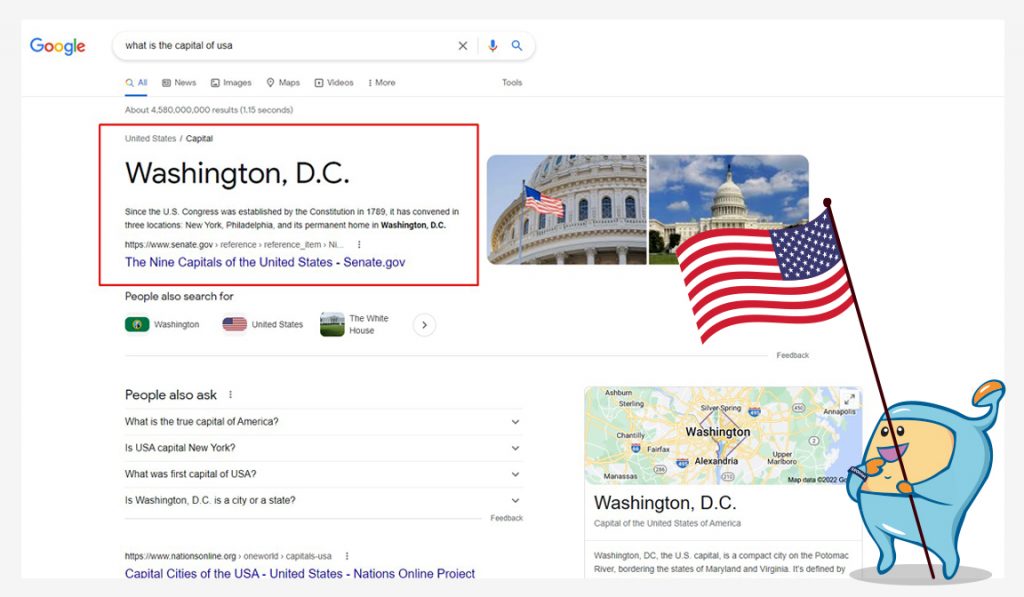
A quick answer. As mentioned in the section above, a user expects a paragraph or list form for a featured snippet. Users will click on the results if they want further information. This form of search query boosts CTR and brand awareness.
A comparison. This type of search query returns a featured snippet in the form of a table. The table content exceeds the size limit for Google Featured Snippets. As a result, this form of search intent is likely to increase CTR.
A video. Finally, if consumers are seeking “how-to” answers with a video attached, it will have the highest CTR as the user is most likely to click and watch the video to get the answer they need.
Recognize the various types of informational search intent present in the search query. They are relevant to the types of highlighted snippets that are offered and can assist you in planning and optimizing your content.
Return to Semrush and use the SEO content template tool there. Select the desired area and click the green button after entering your keyword or content topic.
To plan the content optimization for featured snippets, you’ll receive the following SEO tips for your material.
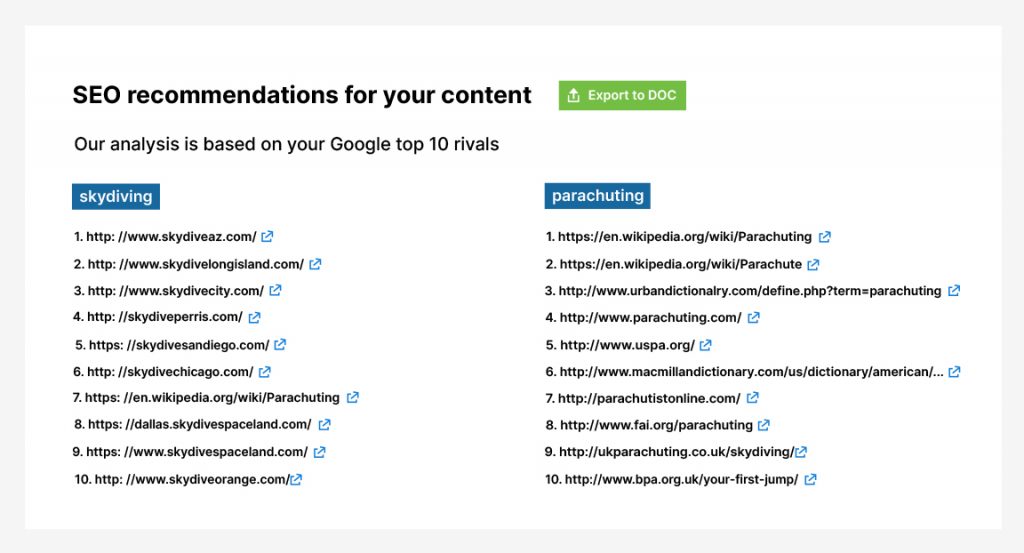
You now have the content subjects, targeted keywords, featured snippet type, search intent, and a pool of SEO recommendations from competitors’ snippets.
You must establish a content outline if you are writing new material. If you’ve already written the essay, you may need to revise the outline in light of the mentioned information.
Always strive to create the finest material possible which will provide value for years to come.
Check that the content you’ve created fulfills your requirements for:
This check is necessary to guarantee that you’re on the proper path to obtaining a featured snippet.
Users and search engines can easily scan, interpret, and understand well-organized content. Organize your content with the use of htags.
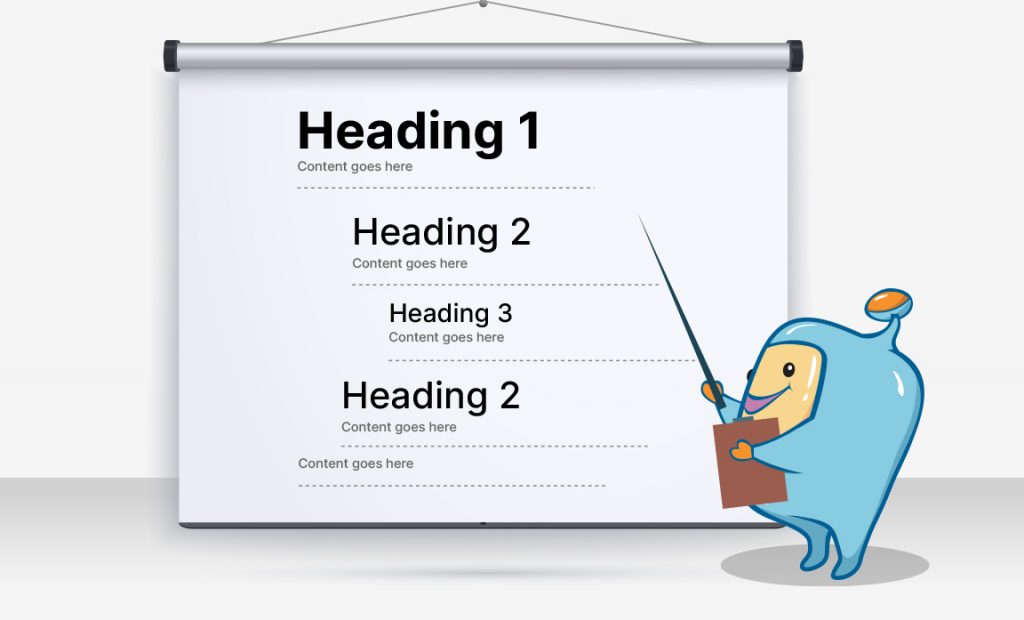
Without question keywords in the heading tags, organizing your content to receive featured snippets is insufficient.
Choose relevant query keywords with a lot of searches and include them in your header tags. The majority of Google’s highlighted snippets begin just after a heading tag.
It’s all about using the proper question keyword phrase in the right spot.
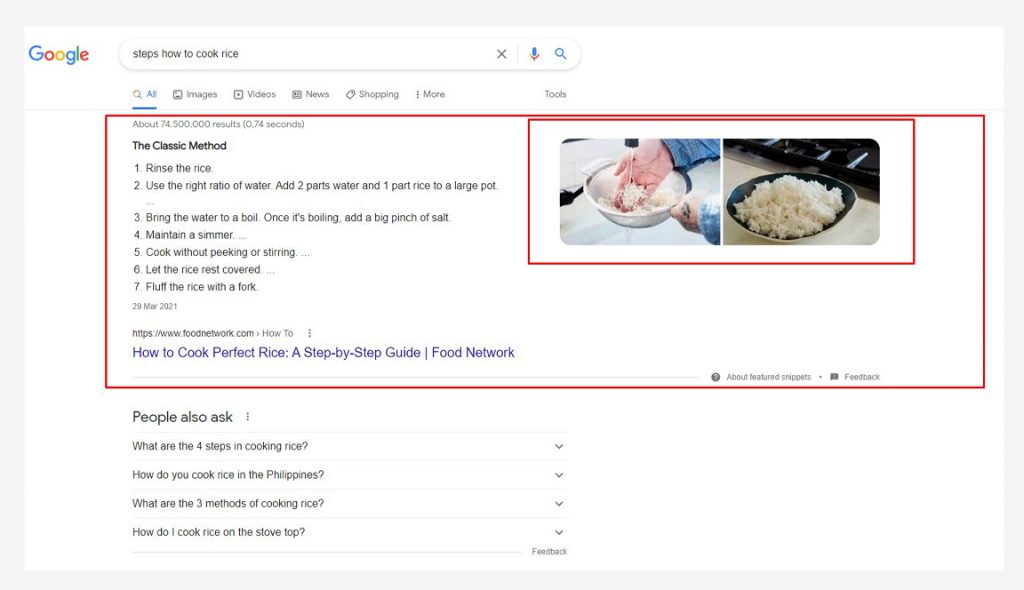
Graphics are very important when it comes to owning a featured snippet, especially for paragraph and listicle types.
To improve the user experience and prevent appearing generic, utilize real-life pictures or custom-made graphics instead of stock images.
Include as many images as your material calls for.
Users can access your content now. Now, you must swiftly assist Google in comprehending the page’s content.
Here are some SEO strategies for featured snippets that work:
Check the results at 7, 14, and 21 days after putting this method of optimizing for featured snippets in place.
If impressions improve, work harder to increase clicks. In Google Search Console, keep track of impressions, ranks, and CTR, as well as traffic and visibility in Semrush.
It takes a lot of study and planning and you never know when you’ll see results (especially if you don’t have many top 10 rankings yet), but consider this: being included in Google search results is an incentive to improve your content.
Along the process, you’ll accomplish the following crucial objectives:
To achieve your ultimate goal, be the best at answering searcher’s questions and provide them with all the information that they need, without the need to look for other information elsewhere.